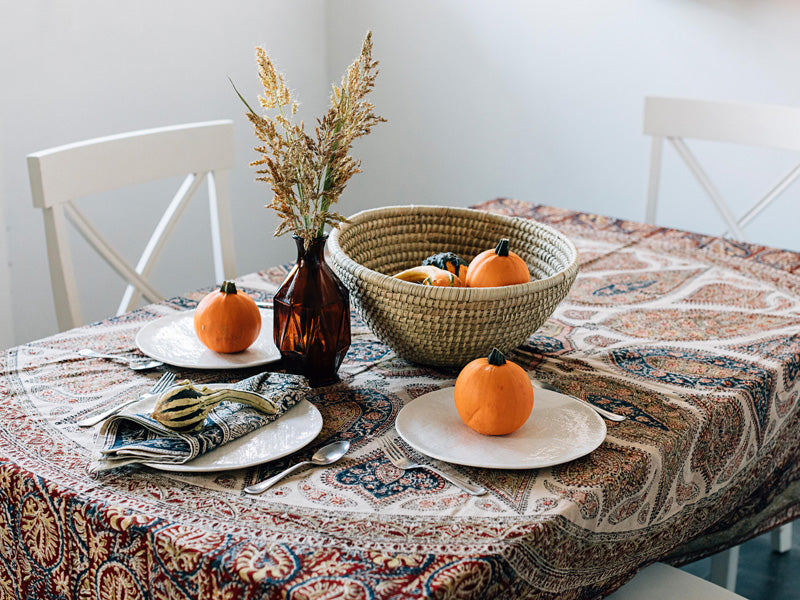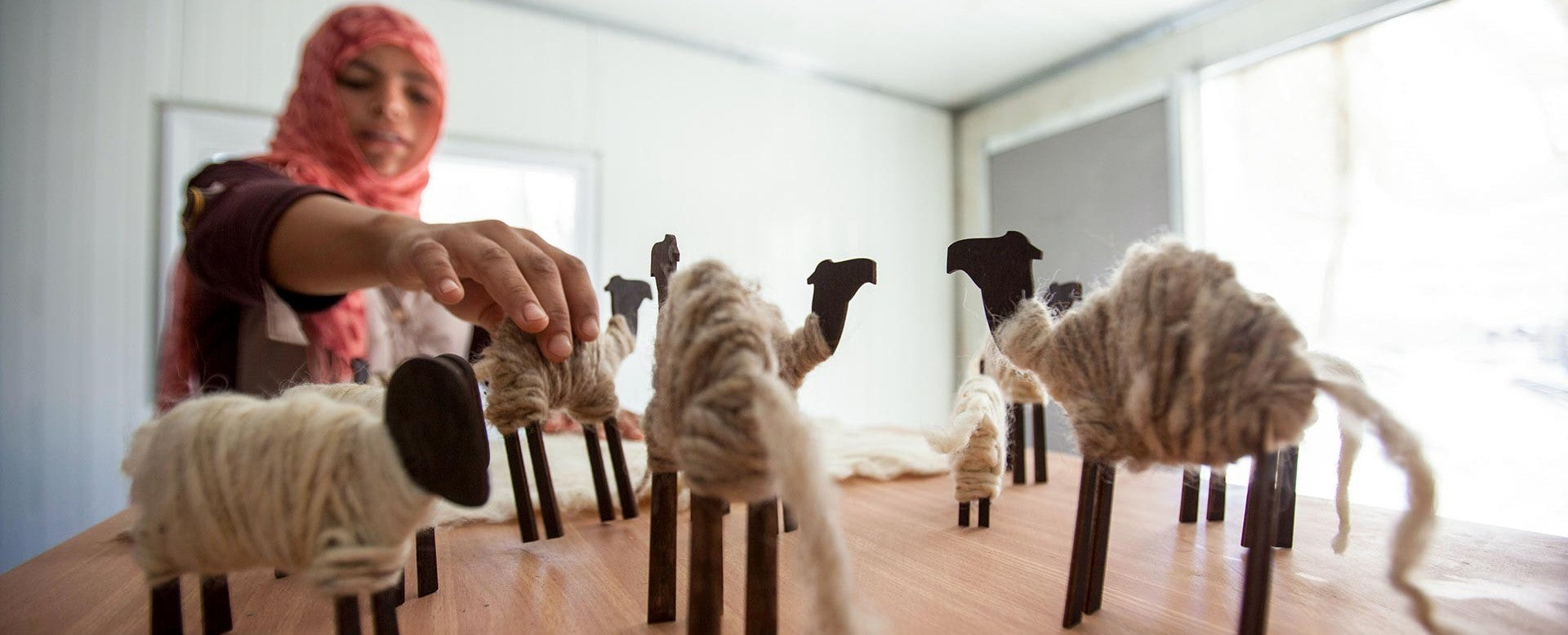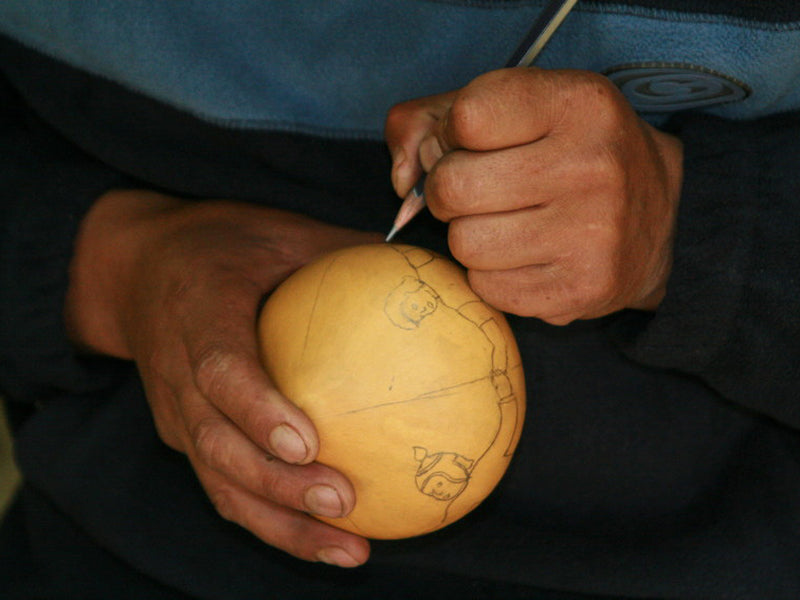Our Commitment to Craft & Culture

At Ten Thousand Villages, we have a soft spot for labors of love. We are often awestruck by the commitment artisans worldwide have to complete detailed artistic processes requiring great skill and years of training. They are undaunted by projects that take hours and sometimes even days to complete, creating one-of-a-kind, high quality products that you’ll love.

Preserving Artistic Legacies
Take kalamkari, for example. Meaning pen work or brush work in Persian, the art of kalamkari began as an illustrative storytelling technique on cloth. A 12-day, 8-step process is undertaken to complete this age-old technique. It requires the skill of dozens of artisans with individual areas of expertise.

The art form was almost lost during industrialization in India in the early 1900s when new, faster methods were put into practice.
But speed over quality is not our style. We are thrilled to be able to partner with artisans in India working to preserve the art of kalamkari. We believe that good (not to mention gorgeous) things take time.

Design Collaboration
We value traditional art forms that are part of the history of a place and people. When developing products, we engage with our artisan partners in a collaborative design process in order to maintain cultural integrity while ensuring that products fit your needs as a modern customer.

Artisans in Guatemala incorporate a traditional craft and symbol of identity into the Chichicastenango Huipil Purse. This purse features a square of huipil, a distinctive woven piece of traditional Mayan dress still worn in the village of Chontala where Ruth and Naomi is based. Synthetic leather, a more modern material, provides support for the bag’s strap.

Makers’ skills have been passed down from generation to generation.
We work together to preserve these indigenous legacies because they have irreplaceable value. Ten Thousand Villages is not just here to sell handcrafted products from around the world. We want you to know where they come from. We want you to know and respect their cultural and historical significance. We want you to know their makers’ stories, and we want you to know how they’re made (hint: it’s a beautiful mix of skill, love, time, and heritage). We love craft and culture, and we hope you do, too.





Comments